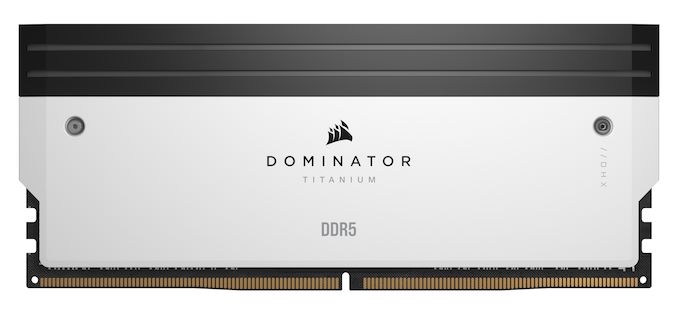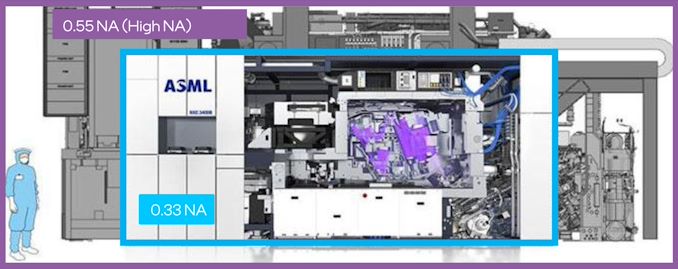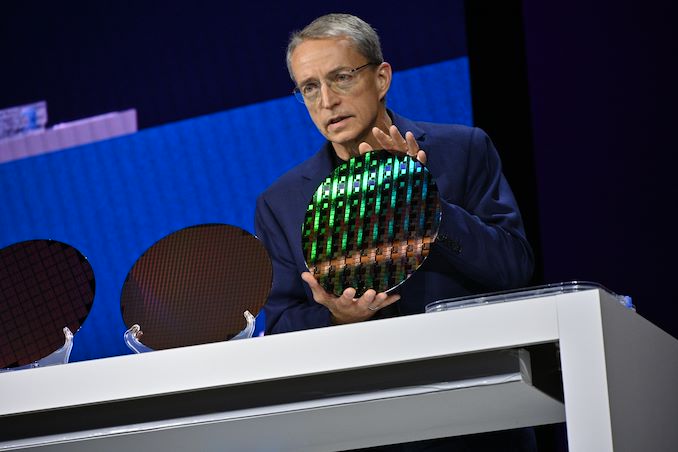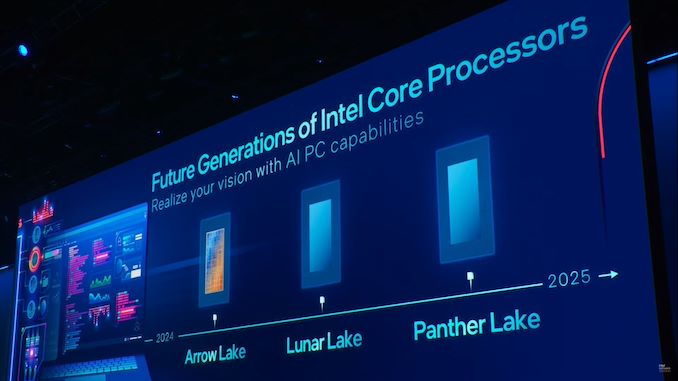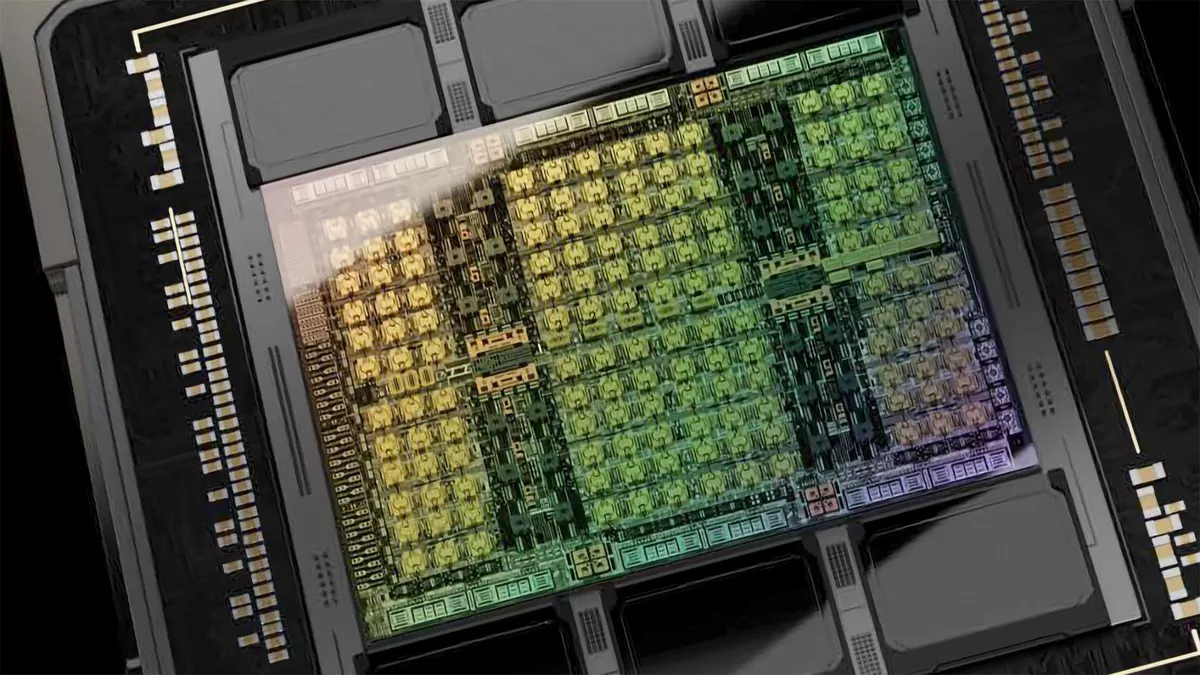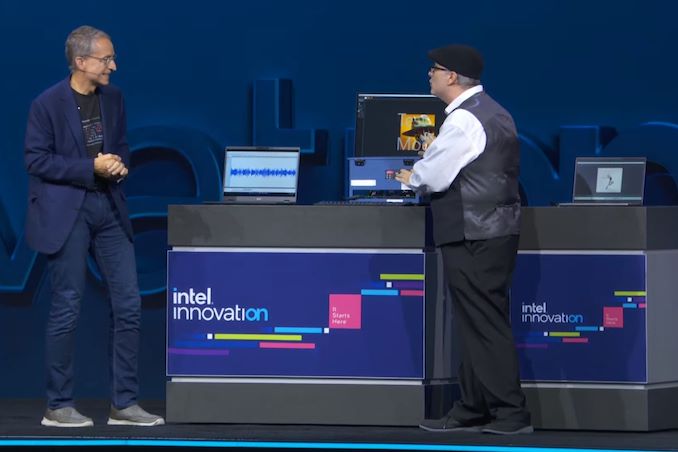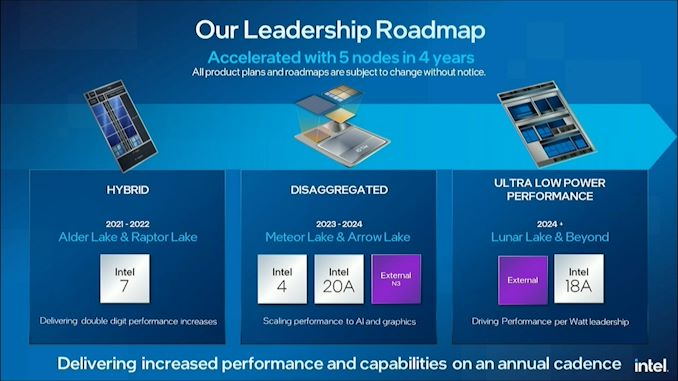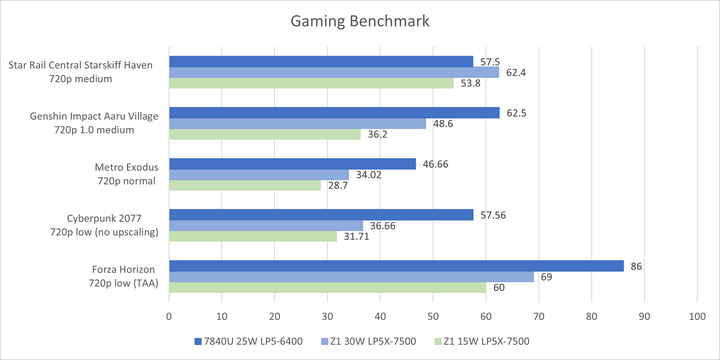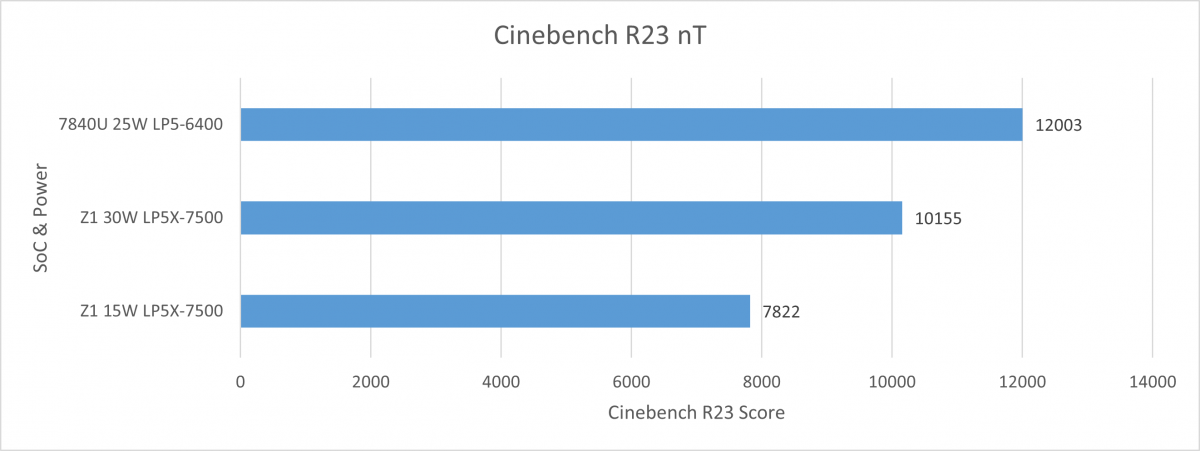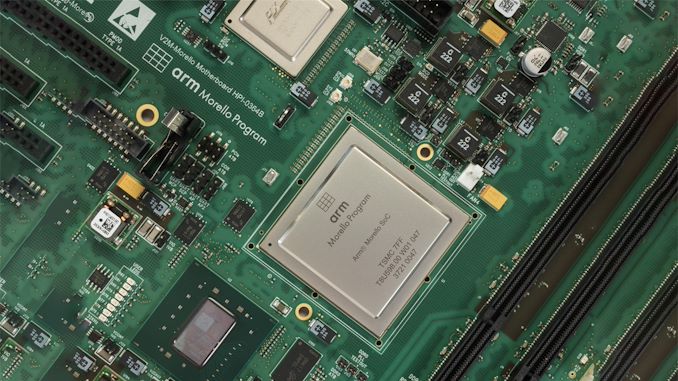Intel’s Core i7-14700K is again causing some excitement thanks to a leak for this incoming Raptor Lake Refresh processor, which is increasingly seeming like it will be the star of the 14th-gen desktop show.
The watchful eye of our sister site Tom’s Hardware turned up the new leak for the Core i7-14700KF on X (formerly Twitter), which was shared by Benchleaks (the source of a lot of prerelease hardware benchmarks).
[GB6 CPU] Unknown CPUCPU: Intel Core i7-14700KF (20C 28T)Min/Max/Avg: 5467/5985/5902 MHzCodename: Raptor LakeCPUID: B0671 (GenuineIntel)Single: 3097Multi: 21196https://t.co/BP5xRy767QSeptember 27, 2023
There are a few juicy bits to highlight here for the 14700KF (which is the same as the 14700K, in case you were wondering – it just lacks integrated graphics, which makes no difference to these benchmark results).
The first point to note is that the clock speed of the chip hit a staggering 6GHz very nearly (15MHz shy, at 5985MHz or 5.985GHz). As already rumored, the CPU is shown with an extra four efficiency cores compared to the current-gen 13700K.
So, given the difference in cores and clocks, you’d expect the 14700KF to turn out a good bit faster – and indeed it is with the Geekbench results presented here.
The Core i7-14700KF managed to record scores of 3,097 points and 21,196 points for single-core and multi-core respectively. That is 9% and 18% faster in those tests than the 13700K, which is an impressive step up in performance.
Indeed, the 14700KF comes close to the Core i9-13900KS for multi-core, with the latter only having a 2% lead – and remember, that’s a super-pricey special edition CPU that is top of the Raptor Lake tree.
Analysis: A somewhat worrying lack of hype overall
This all sounds very impressive, but there’s a caveat, and that is the mentioned clock speed is not going to be the default. This Core i7-14700KF must surely have been overclocked in the test, as the rumored boost speed out of the box is 5.6GHz (and it won’t hit almost 6GHz, that’s for sure). Mind you, that still shows the overclocking potential of the 14700K, of course.
The kind of mentioned performance gains do, however, align with previous rumors, with chatter indicating 15% gains for multi-core, or just over, as we see here. In short, there’s plenty to be optimistic about for the Core i7-14700K, and the kind of overclock achieved here is cause for positive noises about what we might see on that front, as mentioned.
The danger with Raptor Lake Refresh is that Intel has been so quiet about these desktop processors, that the 14700K, and maybe one or two other chips, will be highlighted among a refreshed line-up which is otherwise very pedestrian. That’s certainly the hint dropped by a leaked briefing from MSI, as we’ve covered in the past.
Remember, Intel held its big Innovation event recently, and didn’t mention anything about Raptor Lake Refresh during any of the big keynotes or sessions – the CPUs were actually shown at one point, but blink, and you missed it.
This is a rather ominous sign, then, that Intel is keeping things very lowkey with its next-gen desktop chips. But even so, the speculation around the 14700K continues to push the idea that there’ll definitely be something to look forward to in what’s an important slot for the desktop range – and a potential candidate to storm up our ranking of the best processors.
You might also like
from TechRadar: computing components news https://ift.tt/2H37rnJ
via IFTTT


